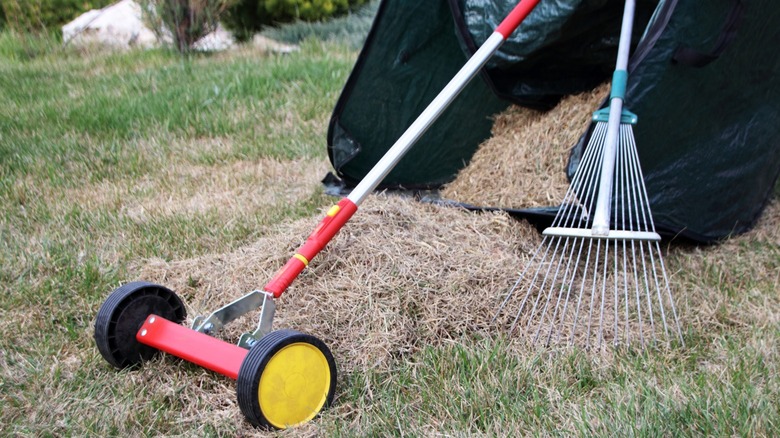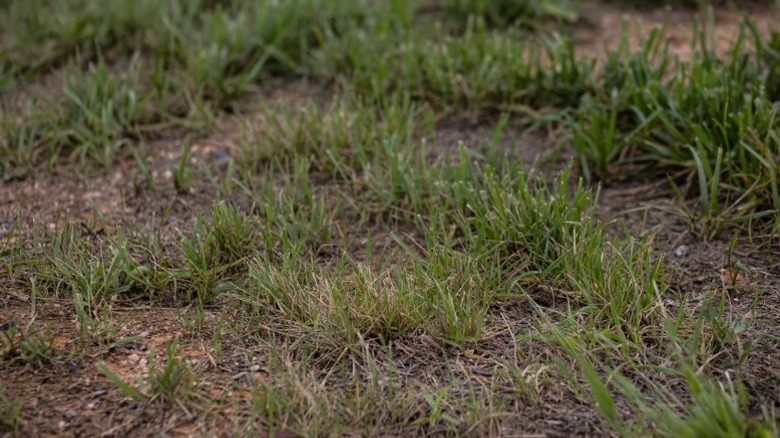Signs It May Be Time To Dethatch Your Lawn
Recognizing when it's time to dethatch your lawn can make a big difference in the overall health of your turf. Thatch, the loose organic debris that builds up on top of your lawn's soil below new grass growth, is not always harmful. In fact, it can protect your lawn's surface from heavy foot traffic and insulate it in response to extreme temperatures. However, an excessive buildup of thatch will eventually suffocate the root system of your turfgrass. Pay attention to common signs that your lawn is building up too much organic matter. The sooner you notice the issue, the earlier you can address it.
Often, your lawn will let you know that there's something going on. Many of the signs will be visible to the naked eye. Water pools on the surface of the lawn if there is too much organic matter preventing moisture from soaking into the soil. In fact, a simple way to remove standing water from your lawn is to dethatch it. The thicker the layer of thatch, the less water, air, and nutrients get to the soil below. Too much thatch on a lawn also leads to visibly uneven and patchy growth. These noticeable signs are all things your neighbors secretly hate about your yard and evidence your lawn needs help.
Subtle ways to tell if your lawn has excessive thatch
It's not always obvious that your lawn needs dethatching. A major signal that you can't see is how your yard feels underfoot. As you step on your turf, consider how it feels to the touch. A spongy, bouncy turf is indicative of an unhealthy amount of organic matter buildup. Another subtle but important sign of excessive thatch on a lawn is increased pest activity. Pests, like chinch bugs, sod webworm larvae, and billbugs, thrive in thick areas of thatch which also serves as a breeding ground for disease and fungi. When you check for sneaky signs your yard has a pest problem, you might also realize it has an excessive thatch problem, too.
If you suspect that your lawn needs to be dethatched, you can test it. An easy way to test the ground is to pierce the soil with a screwdriver. If you have a difficult time getting the head of a screwdriver into the soil, you probably are encountering a thick layer of thatch. Another recommended test involves cutting a two-inch deep wedge out of your turf. More than one-half inch of thatch means you should start preparing for thatch removal.

